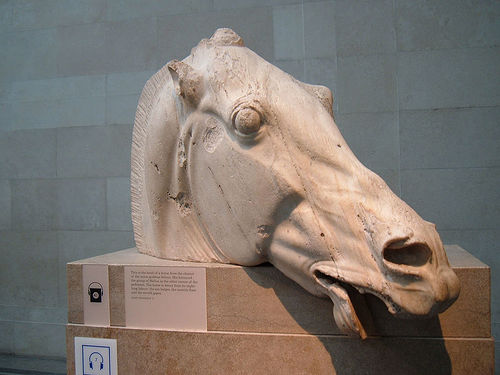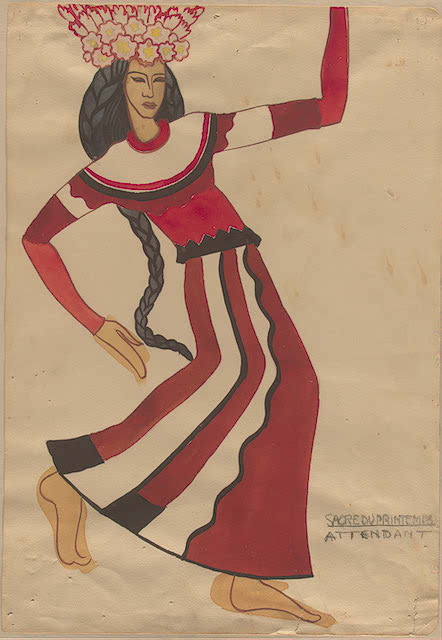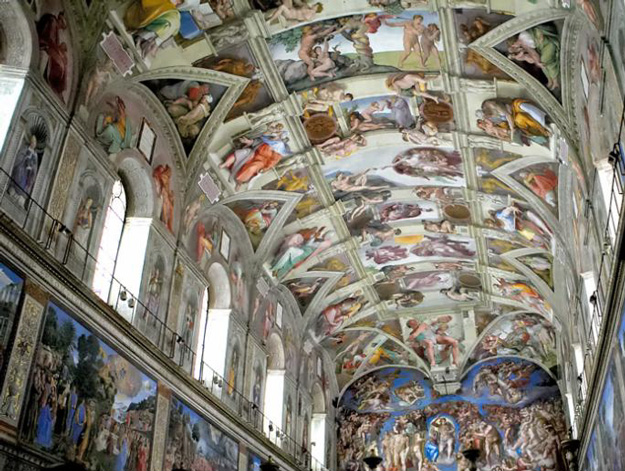
James Naremore's The Films Of Vincente Minnelli is a thoughtful and illuminating work of criticism but Naremore, like any respectable modern critic, is fixated on the conflict between art and commerce, finding in Minnelli's work for “the dream factory” of MGM a paradigm for that conflict.
But what is this conflict, exactly? When was that golden age when art and commerce were separated? Where was that fabulous Arcadia which played host to artists who worked for the sake of art alone? I cannot find it in history, anywhere I look.

We don't know much about the artists who created the great sculptures of ancient Greece — we have just a few quotes from them. One of them is this — “Sculptors should strive for excellence in their works so they can win competitions and thus earn more money than their fellow sculptors.” This was how the guys that decorated the Parthenon thought about art.
Vincent Van Gogh dreamed fondly of becoming a commercial artist, obsessively collecting and copying magazine illustrations that delighted him. This is how the painter of Crows Over A Cornfield thought about his talent and the uses to which it might be put.

In the 20th Century, Igor Stravinsky said, “There are only two questions a musician should ask — how long should the piece be and how much money do I get paid for it?” This is how the guy who created Le Sacre du Printemps thought about art.
The idea of art for art's sake, as Naremore points out, was created by artists at the dawn of the industrial age, when art began to be thought of as a mass-market commodity. Artists who wanted to separate themselves from the values of the industrial age concocted a pose in which they were somehow above it, just by virtue of being artists. The romance of the starving artist as cultural hero was born with this — starvation being an unknown ambition among artists of the past.

It's all a lot of hooey. There has always been conflict between artists and their patrons, between artists and their audiences. This is built into the nature of art, which navigates a fine line between novelty and familiarity, between challenge and reassurance. The enterprise is hazardous for the artist, who must encompass the paradoxes involved and constantly renegotiate an inherently unstable compact.

But to see Minnelli's relationship with MGM as somehow different, conceptually, from the relationship of Phidias with the city fathers of Athens, from the relationship of Michelangelo with the Vatican, from the relationship of Bach with his vestry members, is absurd.
Art functions on so many different levels and is so intertwined with the everyday business of life, including commercial intercourse, that the idea of “art for art's sake” makes about as much sense as the idea of “food for food's sake”. The French may think that they appreciate food for food's sake, but what they eat still gets converted into energy and fat and excrement. However sublime a meal may be, it is still an integral part of a most prosaic human process . . . and so is art.
